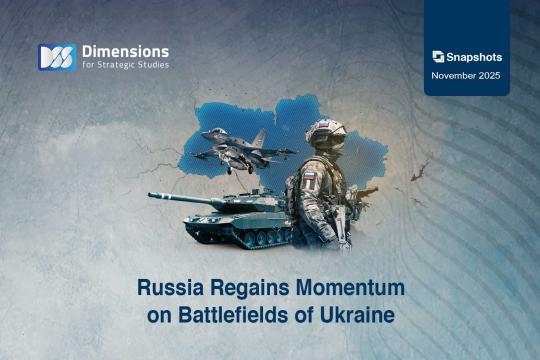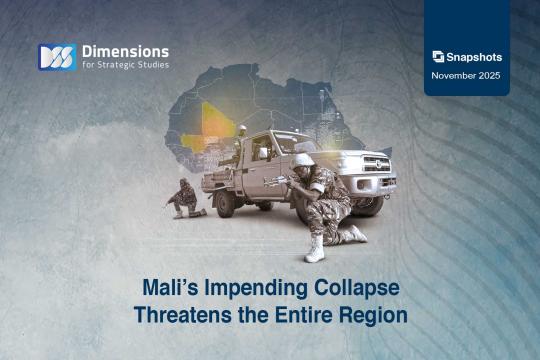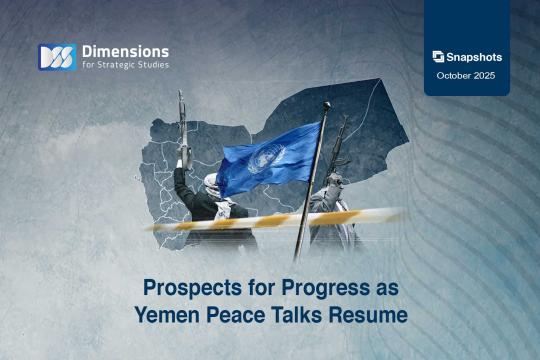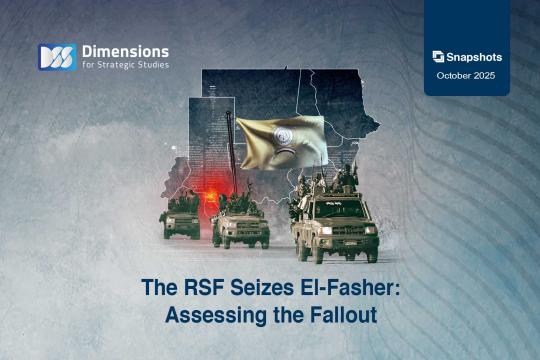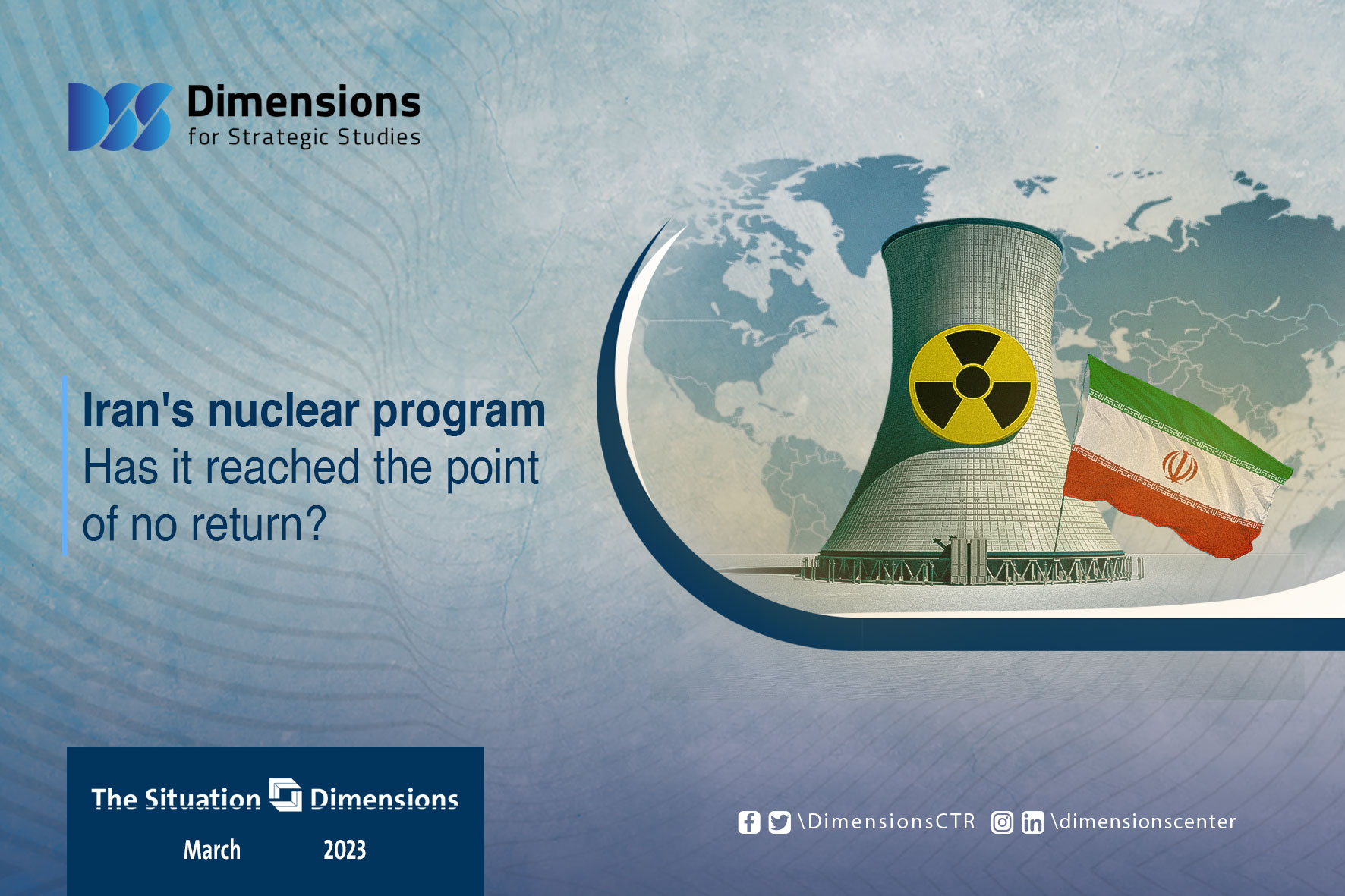
Iran's nuclear program Has it reached the point of no return?
2023-03-131896 view
Inspectors from the International Atomic Energy Agency (IAEA) have discovered uranium residues enriched to 84% in Iran's centrifuges, in contravention of Iran's obligations to report to the IAEA any enrichment above 60%.
Eighty-four percent is close to the ratio needed to make an atomic bomb, which is 90%; although 80% enrichment is actually enough to make one. Although reaching a high enrichment level does not mean that Iran has possessed the nuclear bomb, but it rather means that it possessed the most important component of a bomb.
The recent revelation of the high enrichment rate - in addition to previous Iranian steps - shows that Tehran has adopted a dual strategy in dealing with the International Atomic Energy Agency and the states parties to the Joint Comprehensive Plan of Action (JCPOA).
In its first axis, this strategy is based on showing responsiveness and high flexibility in dealing with the Vienna talks, while in the second axis of the strategy, it reinforces and intensifies its steps to reach the stage of full enrichment. Over the past years, especially since the Biden administration came to the White House, Tehran has enhanced the efficiency of its centrifuges, expanded its stockpile of enriched uranium, operated more centrifuges, increased the number of enrichment sites, and taken all possible steps to hinder the work of international inspectors, but with limits that do not sever the relationship with the IAEA.
Although Iran denies that its access to high enrichment is intentional, this is ruled out politically and technically. Apparently, Iran wanted this enrichment as a clear message to the JCPOA parties that it is proceeding with Plan B, and that time is not in their favor, so they must choose between reaching an agreement that satisfies Tehran, including lifting economic sanctions, or accepting Iran's “compulsory” membership in the global nuclear club.
By revealing this percentage of enrichment, Iran also wants to test international red lines and try to expand its negotiating margins. And this has been an Iranian strategy adopted in all its relations with the actors.
Tehran's acceleration of its enrichment program comes within the parameters that provide it with a comfortable margin of action. The United States is busy with the war in Ukraine, and Western preparations to deal with the spring battle there, while Israel is preoccupied with its internal problems, which limit its ability to move militarily and politically.
Apparently, the visit of the US Secretary of Defense and the US Chief of Staff in the region is mainly aimed at sending a message to Tehran specifically, that the United States fully means its statement that “all options are on the table,” and that expressing a desire to deal politically with Iran's nuclear program does not mean that military options are not on the table.
The coming few weeks will be decisive for the choices of the two parties, the American and the Iranian. Either the United States, along with Israel and other allies, will take real steps to deter the nuclear program, or Iran will reach the point of no return in its nuclear project, with all the repercussions that this entails on its expansionist project in the region.


